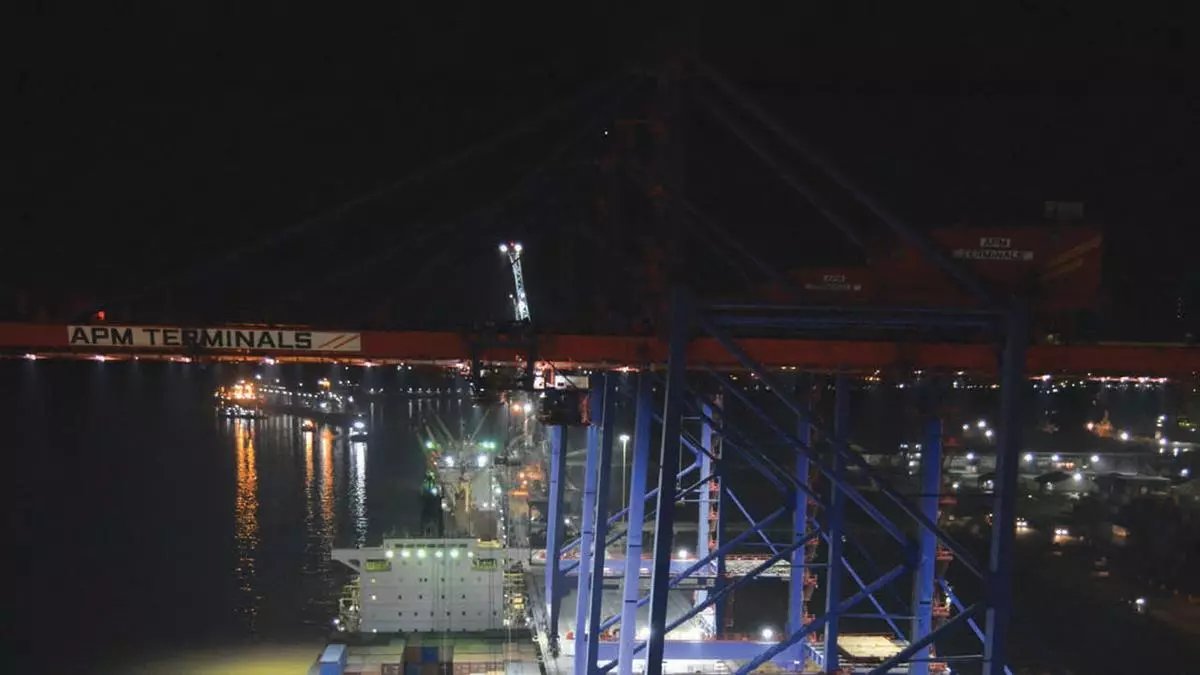Rising consumption of liquid fuels in India, which is expected to touch 6.6 million barrels per day (mb/d) by 2028, and declining crude oil exports from West Asia due to production cuts by the Organization of the Petroleum Exporting Countries and allies (OPEC+) could force Indian refiners to tap sources such as the Americas, the US Energy Information Administration (EIA) has said.
The US EIA pointed out that rising domestic consumption in India will drive the need for more crude oil imports alongside expanding refinery capacity.
“Similar to China, decreasing Middle East [West Asia] crude oil exports because of OPEC+ production restraint may lead refiners in India to secure crude oil supplies from other sources, such as the Americas,” it added.
- Also read: Crude oil imports at record 21.8 million tonnes in May
Although West Asia remains the largest source of crude oil imports for India, the quantity declined from 2.6 mb/d in 2022 to 2 mb/d in 2023, as the country imported significantly more from Russia, it pointed out.
Oil producing countries in the Americas include the US, Canada, Brazil, Guyana, and Argentina, among others.
Non-OPEC+ cargoes
The International Energy Agency (IEA) said in its Oil 2024 report in June that “Rising non-OPEC+ crude supply, in tandem with sanctions on Russian crude exports and OPEC+ voluntary cuts, will push higher volumes from the Atlantic Basin to East of Suez over the outlook period.”
The loss of medium sour crudes from West Asia amid OPEC+ cuts is partially offset by rising supplies from Brazil, Guyana and Canada. Asian markets have been opened in earnest to Canadian crude through the expanded Trans-Mountain pipeline to the Pacific Coast. Light sweet US crude oil will increasingly move to Europe and Africa as well as to India and other Asian refiners, it added.
According to trade sources, rising crude oil production from non-OPEC+ countries, particularly the US, Guyana, Brazil and Canada, is already challenging OPEC’s ability to reverse production cuts.
- Also read: India’s crude oil imports from Russia at 12-month high in June
The IEA’s latest oil market report for August 2024 forecast that non-OPEC+ production may increase by 1.5 mb/d in 2024 and 2025, while OPEC+ output may fall by 760,000 barrels per day (b/d) in 2024 but rise by 400,000 b/d in 2025, if voluntary cuts stay in place.
“Our current balances suggest that even if those cuts remain in place, global inventories could build by an average 860,000 b/d next year (2025) as non-OPEC+ supply increases of around 1.5 mb/d in 2024 and again in 2025 more than cover expected demand growth. The Americas quartet of the US, Guyana, Canada and Brazil account for three-quarters, or roughly 1.1 mb/d, of non-OPEC+ supply gains in each of the two years,” it added.
India’s refining push
India added 1.3 mb/d refinery distillation capacity from 2011 to 2023, the US EIA said, adding that Indian government officials have indicated that expanding refining capacity to meet expected growth in domestic consumption remains a priority for the country and aligns with the expectations of significant increases in the consumption of liquid fuels in India.
- Also read: Can India be a global refining hub?
It expects annual growth in liquid fuels consumption in India to average between 4 per cent and 5 per cent every year until 2037.
“India may have as many as 11 crude oil capacity expansion projects come online through 2028. Several projects in India have just been announced and are in early development — including the Ratnagiri mega project with an estimated 1.2 mb/d of capacity — though the project may not be finished before 2028. We estimate between 0.5 mb/d and 2.4 mb/d of capacity could be online by 2028,” It added.
“Based on underlying economic growth factors such as population growth, GDP growth, and rising GDP per capita, we expect consumption of liquid fuels to increase significantly in India in the medium term. We estimate India’s liquid fuels consumption to increase from 5.3 mb/d in 2023 to 6.6 mb/d in 2028, up 26 per cent over 5 years,” it added.
As with China, increasing petrochemical integration enables refiners in India to diversify their slate of products away from only transportation fuels, and this strategy can act as a hedge against falling prices of products such as gasoline and diesel, it noted.


